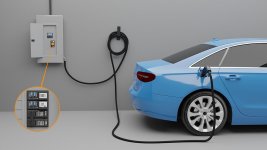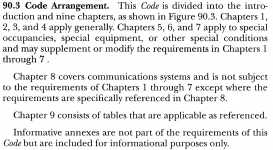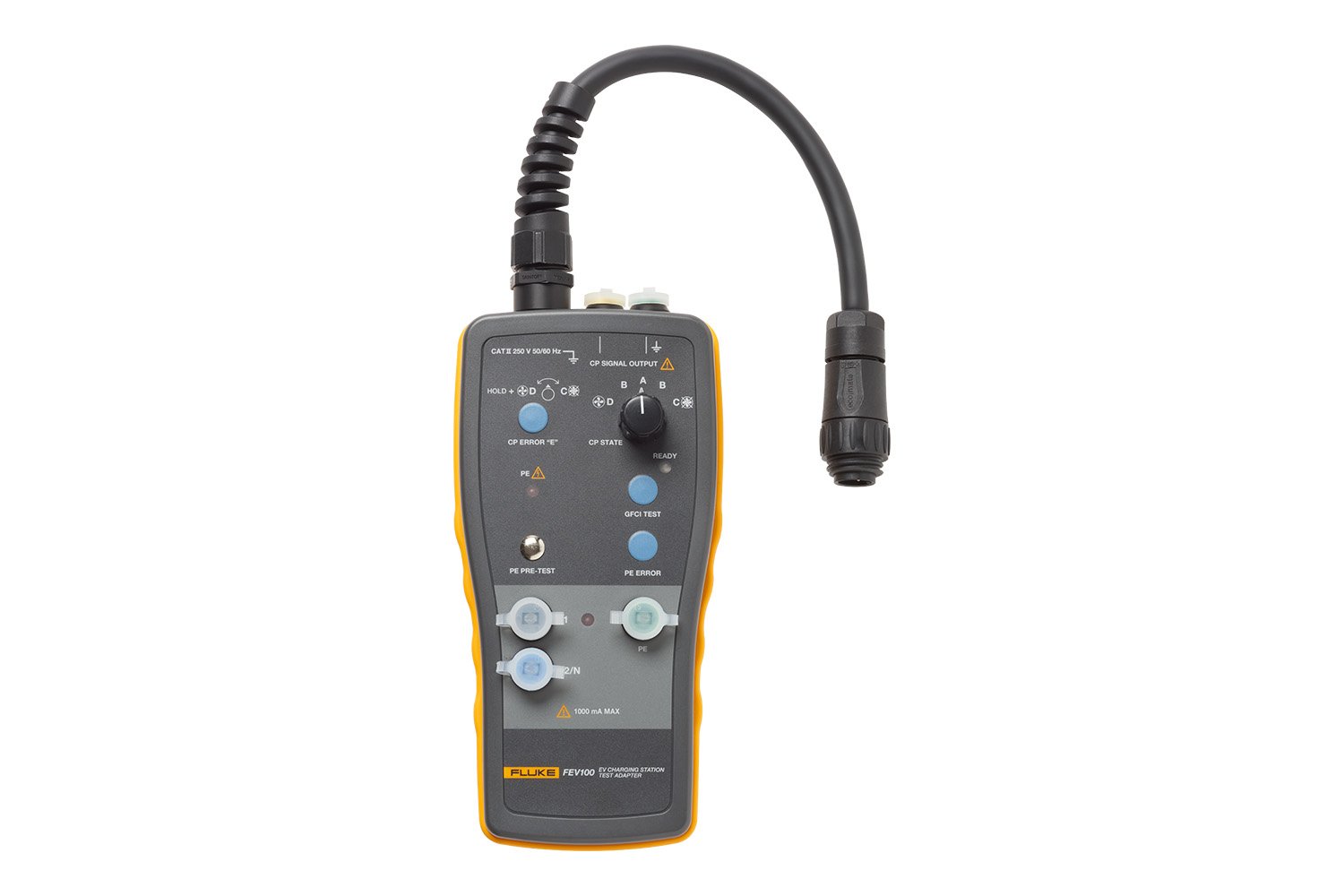Which portions of the NEC apply to the internal wiring and parts of the EVSE
Which portions of the NEC apply to the internal wiring and parts of a GFCI receptacle?
That's a good question. Say you have EMT running across the ceiling to a junction box with a hole in its cover, a flexible cord coming out with proper strain relief, and the cord hanging down to a pendant box that contains a receptacle. Are the cord, pendant box, and receptacle part of the premises wiring?
So the possible answer to this question is Article 400.
How is the EVSE really different than an appliance or control panel?
It's different from an appliance, in that its job or purpose is only to safely transfer AC power to the EV, where the on-board charger converts that to DC and charges the EV's battery. As such it meets the definition of "device" much better than it meets the definition of "utilization equipment."
As to control panels, I'm not certain of the full breadth of functionality that term can cover, so I can't really answer.
As a thought exercise, suppose we had an EVSE where the "box" is hard wired and has a special receptacle on it, and the EV cord and vehicle connector are detachable, with a special plug for that special receptacle. Does this change whether the EVSE box is part of the premises wiring system?
Cheers, Wayne







